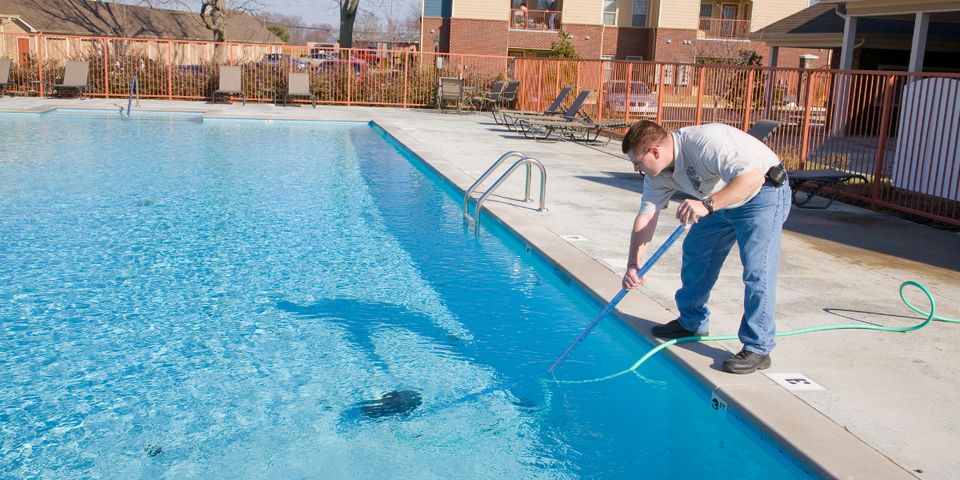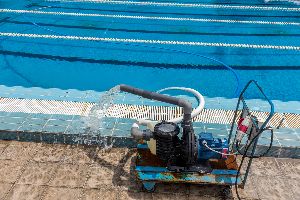Do's & Don'ts of Swimming Pool Maintenance

Regular pool maintenance keeps the water clear and clean. However, many homeowners neglect proper upkeep during months of not being used. As a result, the pool tile gets dirty, and cleaning becomes harder than usual. Use this guide to learn swimming pool maintenance's basic do's and don'ts to keep the water feature beautiful and functioning.
Do:
Brush pool tile.
Pool tiles and walls are prone to grime and mold buildup due to small particles falling on the water. If you're not using the swimming pool, consider brushing these surfaces every other week to remove the light deposits under the water. Use a cleaning solution of water, baking soda, and vinegar for stubborn stains. However, avoid using abrasive brushes, which can scratch the tiles.
Clean filters.

Filters eliminate bacteria and algae from growing. However, clogged ones can impede water flow leading to improper distribution of chemicals. As a result, the water gets cloudy, and algae form quicker. If you have sand filters, backwash them weekly to remove debris. Then, apply the appropriate filter cleaner every season.
However, if you have a cartridge filter, consider cleaning it depending on how dirty it looks. Use a hose at a 45-degree angle to eliminate debris between the pleats without damaging the cartridges. Lastly, deep clean the filters by soaking them in 1 cup dish soap solution for every 5 gallons of water. Let it soak for 10 hours before rinsing.
Don't:
Neglect pH levels.
High alkaline levels can cause calcium buildup on components, damaging the water circulation system. As a result, keeping the pH levels between 7.3 to 7.6 are recommended for safe swimming. Instead of eyeballing the alkalinity level, use a pH test strip at elbow depth and remove it immediately to check the pH level. If the level is above 7.6, add a pH reducer with ingredients such as sodium bisulfate or muriatic acid. If the results show lower pH, add 2 pounds of sodium bicarbonate per 10,000 gallons to increase pH.
Add chlorine during the day.
High temperatures can lower the chlorine levels every hour. If you're planning to shock your swimming pool, consider adding chlorine when the sun goes down to prevent sunlight from burning off the chemical. Use 3.5 quarts of liquid chlorine per 10,000 gallons of water. If you're using granular type, add 1 pound of chlorine with the same amount of water. Do this process every two weeks to keep the contaminant level at a minimum.
For assistance with pool tile renovations, reach out to Gutierrez Pool Plastering in Plainfield, NJ. For over 30 years, these respected and reliable renovators have provided services to homeowners throughout New York, New Jersey, Delaware, and Pennsylvania, including pool renovations, deck removals and installation, and pool chemical balancing. In addition, they offer sandblasting and water blasting. Call (908) 756-7585 to speak with a team member, or visit them on Facebook to learn more about their services.
About the Business
Have a question? Ask the experts!
Send your question

